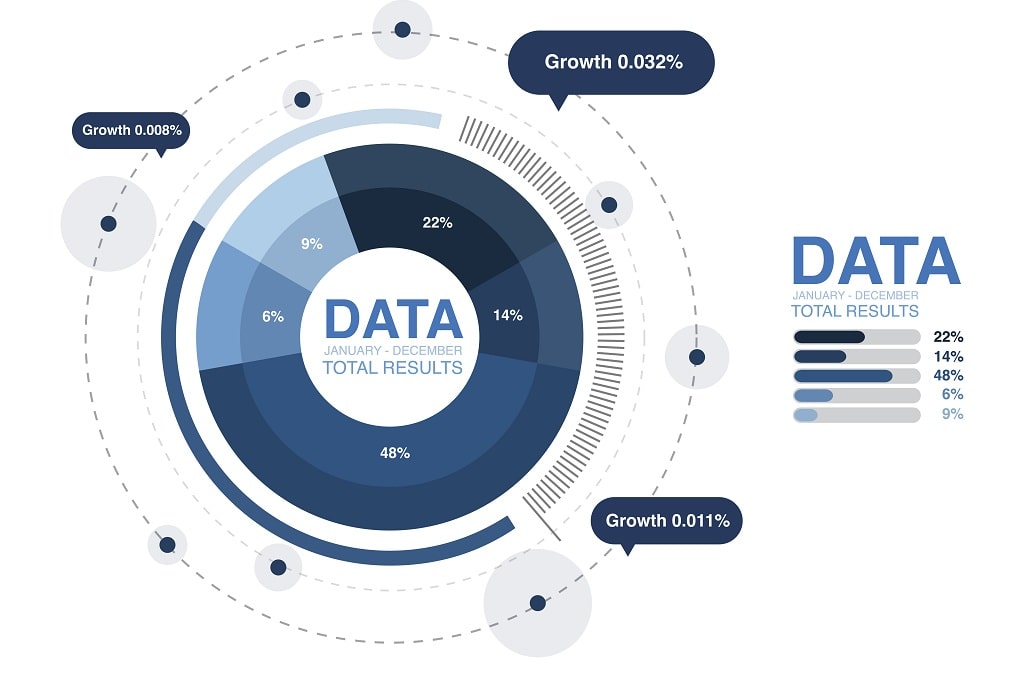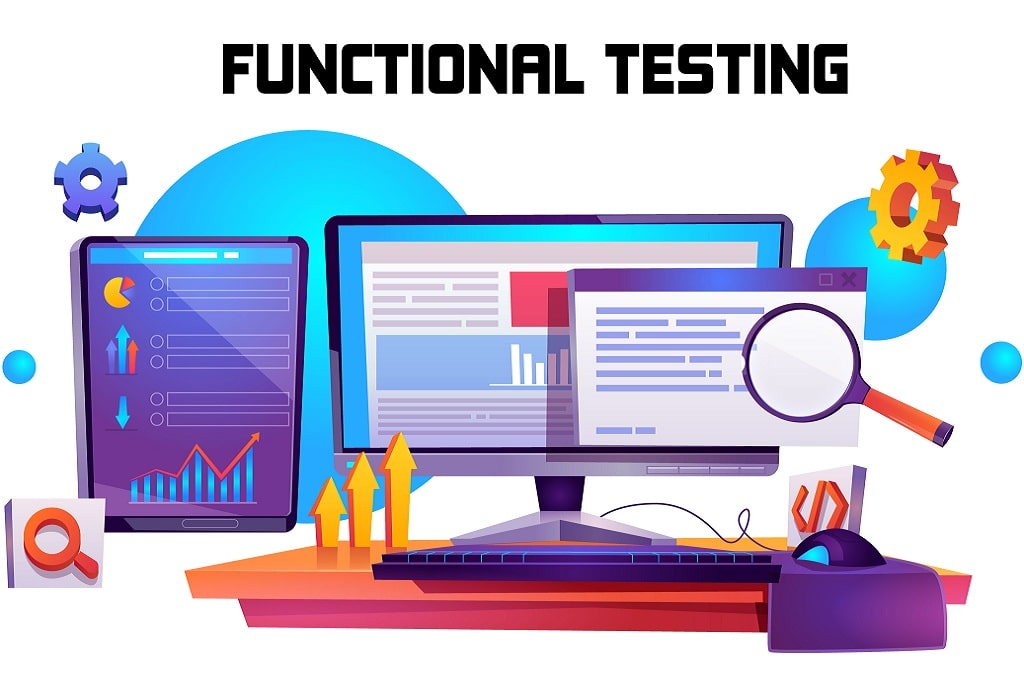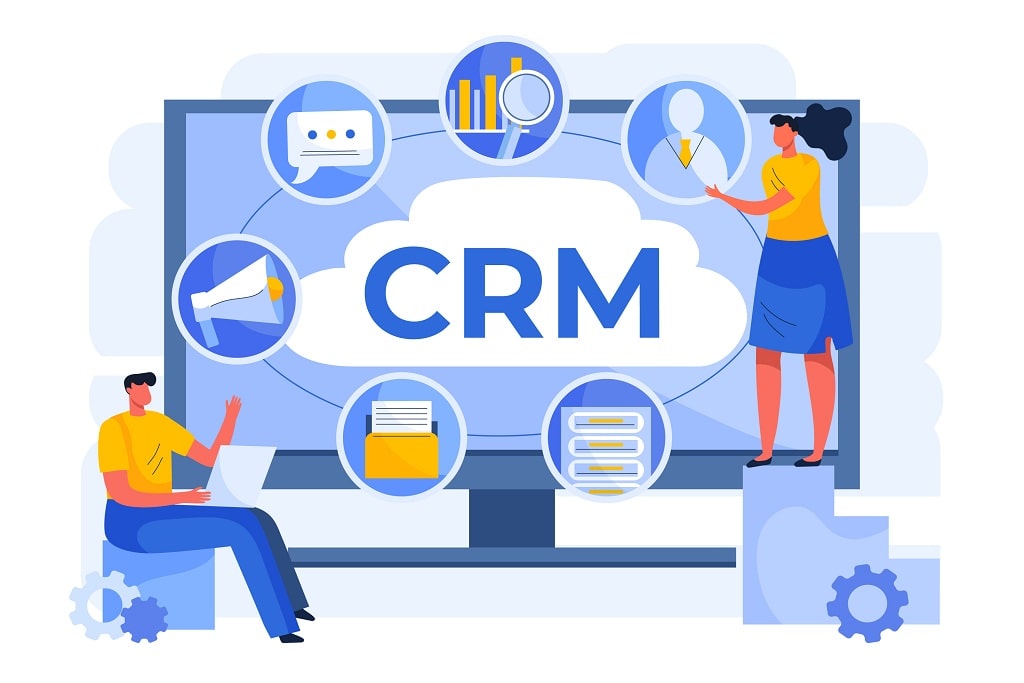The world of information technology has grown much more linked, with applications and solutions originating from a variety of software companies.
The level of intelligence that software can now achieve is increasing, and it stands to reason that businesses would want to take advantage of this development so that they may boost their output.
The topic of how to acquire and make use of this brand-new software feature while maintaining the optimal cost-to-effort ratio is an important one for IT responsibility.
Enterprise Applications Development Process
Building efficient CI/CD pipelines is the cornerstone of all best practices for the development of enterprise applications.
The objective is to create a system that is iterative and ongoing, which combines the working code of all developers into a common repository (CI), and to make it so that code may be published easily at any moment, even while it is continuously changing (CD).
#1. Demands as well as a Study of the Market
The enterprise application development process starts with market research, which is also the very first and single most significant phase. If you want your concept for a service or product to be successful, you have to make sure that it satisfies a real need from customers and/or meets a gap in the existing market.
This is crucial because it guarantees that software is not deployed until after it has been deemed “ready.” This means that the program does not have any known faults or vulnerabilities and that it will perform as it is anticipated to do.
#2. Every Phase of the Software Testing Process Should Be Automated
To begin, your company will want to automate each and every aspect of the software testing process.
Software Testing before putting it into production is one of the most important steps in the software development lifecycle. Testing guarantees that your program is suitable for deployment.
#3. Maintain a High Level of Security
Throughout the whole of the software development lifecycle, auditing and compliance should be treated as a top priority. If a company’s private information were to fall into the wrong hands, it would be the worst possible outcome.
Putting compliance concerns on the back burner despite the fact that they might be time-consuming and annoying can result in big implications such as data breaches, audit failures, and a diminished brand reputation
#4. Never reveal to anyone about Deployment Keys
Your company should never provide exclusive control of the deployment process to a single individual while it is in the midst of building up a deployment procedure.
BuildMaster allows user approvals to be implemented, which ensures that only specified people are allowed to submit a build to deployment.
This prevents accidental deployments of unstable or buggy builds. This not only improves safety but also guarantees that builds are only distributed when they are completely ready.
The documentation of deployments is kept in a proper manner. This guarantees that other users are able to step in and deploy a build as necessary.
#5. Check to see that you are maintaining a balanced load
In order for businesses to guarantee that their servers will always be available, load balancing is an essential practice that must be followed. Computing in the modern day comprises websites that get a lot of traffic and have to handle millions of requests at the same time.
The deployment of more servers is recommended as the optimal solution for efficiently and economically processing these requests.
Load balancers ensure that your servers are performing their intended function (which is to route client requests) while also optimizing speed and capacity and ensuring that no one server is overloaded.
The technique of evenly spreading incoming network traffic among several backend servers in an effective manner is referred to as load balancing.
Bottom Line
The process of developing a new application might be one that is time-consuming and stressful. Your company is fortunate in that there are a number of Enterprise application services best practices that may assist them in reaching their greatest growth potential.
The process of software development may be made simpler by making it a priority to strictly adhere to the above best practices for enterprise applications.




